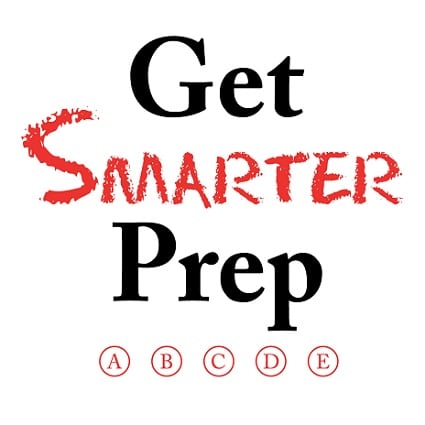Why I Work at Get Smarter Prep
Why I Work at Get Smarter Prep
When I came to Get Smarter Prep (GSP) three years ago, I was a few months out of grad school. I had luckily landed a position as an adjunct professor at a local community college, but “adjunct” is a fancy word for “part-time.” I needed a flexible job that would allow me to continue with my adjunct position and supplement my income. An old friend was working at GSP at the time and encouraged me to apply. I ended up going through training and came out the other end as a GSP employee. I’ve been an employee now for three years, and there are a lot of reasons why I’ve stayed:
1) Flexible hours
At GSP, you can determine your own availability. I was able to say when I wanted and didn’t want to teach. I’m available most weekday afternoons and evenings. Sunday, however, is my day to decompress, ride bikes, knit, pet kittens, etc. Other tutors prefer to do more tutoring on the weekend. You get to choose!
2) Helping stressed out students
I may have just celebrated my ten-year reunion, but I still remember vividly how stressful high school was: class all day long, honors classes, pressure to get the best grades possible, college apps, and extracurricular activities. When did we ever sleep?! Students still go through that today, but you can be a beacon of hope! The ACT and SAT are just other stressors in students’ lives, but you can help ease their worries. When your student gets the score that helps him or her get into the dream college, it’s a rewarding feeling.
3) Amazing co-workers
I’ve had a lot of part-time jobs since high school, and I can honestly say that I’ve had the BEST co-workers at GSP. They’re smart, funny, caring, and always helpful. There’s never an awkward company meeting or party because I’m always elated to spend time with these people. We come from a variety of backgrounds and professions, so there’s always something neat to talk about. The front office staff deserves their own full-page description of how wonderful they are, but I will summarize and say that they make your life as a tutor easy. If you’re having issues or need something, just shoot them an email, and they will respond promptly. They’re responsive, empathetic, and just amazing.
4) A job you can feel proud of
Since graduating, I’ve run into a lot of old classmates at jobs that they’re clearly embarrassed to be seen at (They shouldn’t be because we all know college loans don’t pay themselves!). Being a tutor at GSP has always been a job that I take great pride in. Even though we follow set material, I’m constantly using my problem-solving skills. Every student’s brain processes information differently, and I have to figure out how to make everything click. At GSP, my expertise and my time are well compensated. I know I’m a valued member of the team.
I will unfortunately be saying goodbye to GSP this year as I embark on a new adventure: motherhood. Leaving will be truly bittersweet because I’ve absolutely loved this job and the people. Just reading through the reasons I’ve listed above makes me want to strap on a baby carrier and continue tutoring (but that might be distracting to the students). I hope future tutors will have as memorable time as I have had!
If you are interested in learning more about working at GSP, here’s a link to our Jobs page!
Madison Huber-Smith is a former GSP Tutor.


